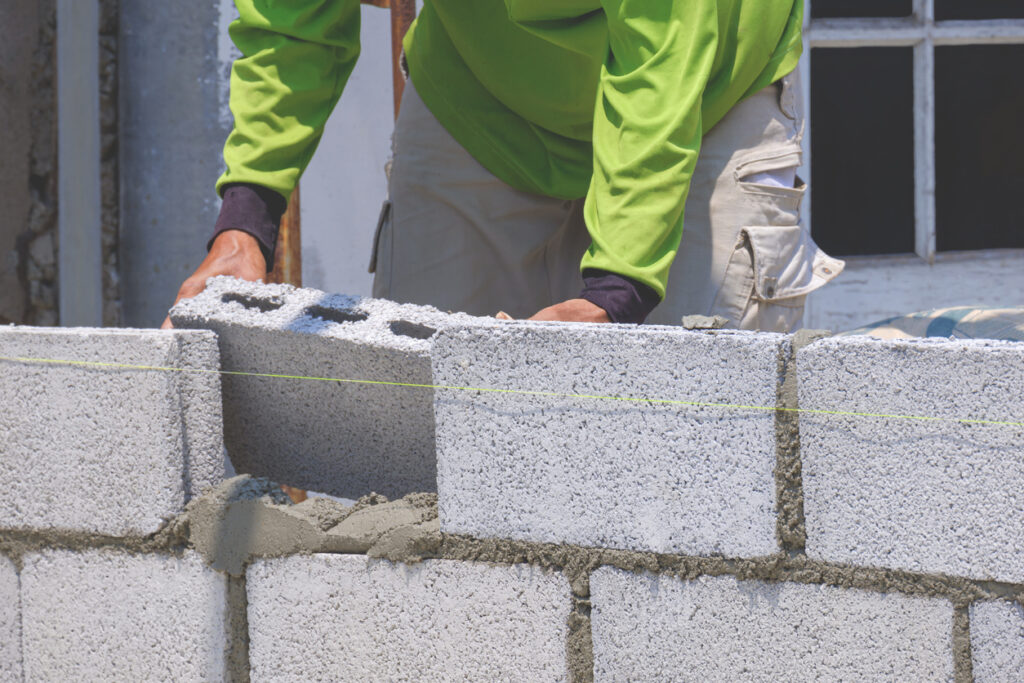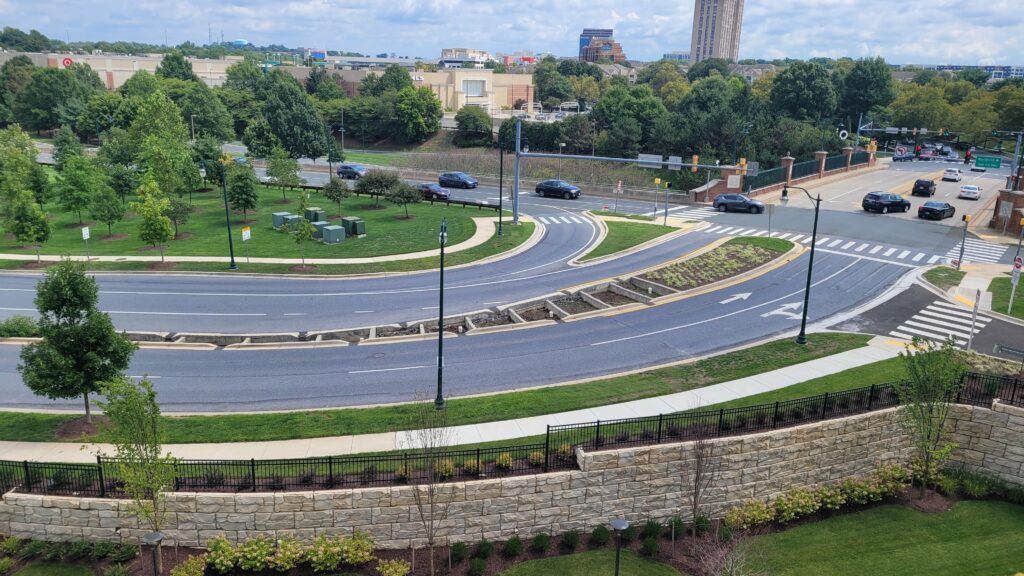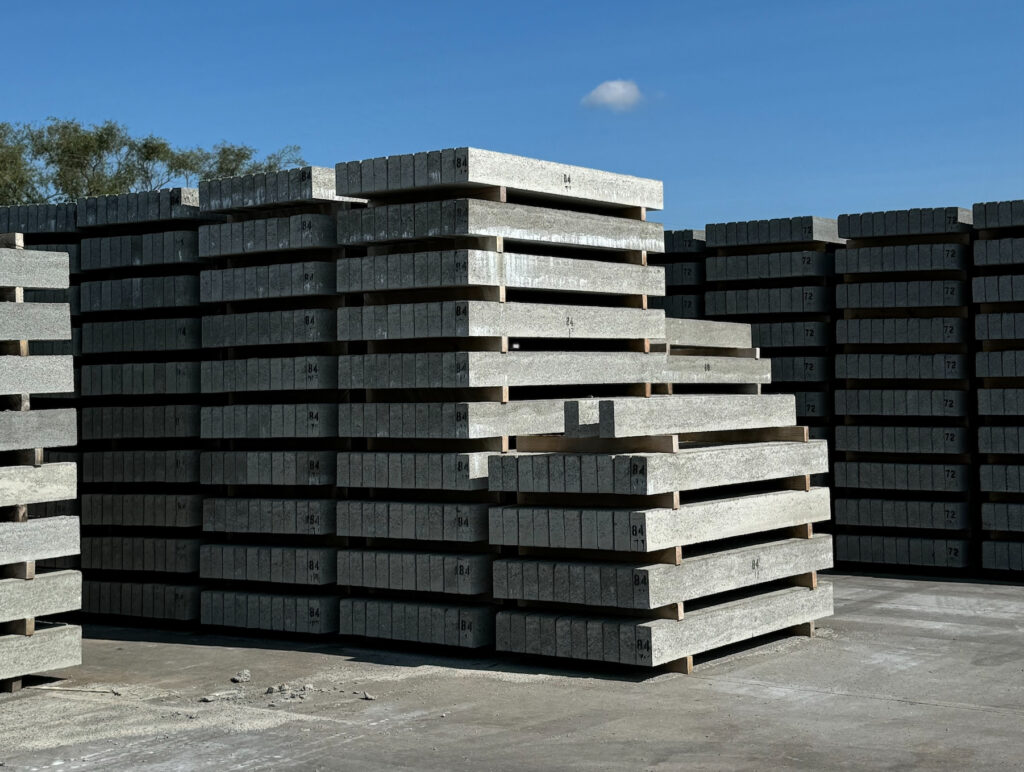Stop Building Tunnels for Stormwater
Engineers love big projects. They are statements of competence, and also make big money. However, bigger isn’t always better and almost always overlooks innovative ideas.
Stormwater solutions are particularly prone to the problem of scale. This thinking often results in tunnels and vaults to capture stormwater, that are designed to capture large, but infrequent storms (1 in 10 year storm). To be clear these systems work, but they are really quite expensive and disruptive to install and use.
The problem is how often they are used and how they work. With something that is only used irregularly it delivers little value most of the year. This is in comparison to bridges, which are used all of the time. So in the real world where there is never enough money in the budget, spending huge sums on stormwater vaults means that other daily infrastructure needs will go unaddressed.
Ellicott City, MD which has had frequent flooding problems is spending $130 million to build a tunnel. When this was originally pitched it was only $82 million, and I’d be willing to bet this is likely to escalate even further. They aren’t the only city being sold an idea that isn’t perhaps the best way to address this challenge. DC Water is spending $2.6 billion on their own deep tunnel.
Furthermore with deep tunnels water is usually allowed to collect via gravity sewers. However, the water needs to be pulled back to the surface level to be treated and released. This leads to additional upkeep and energy costs for very large pumps, that are again only used infrequently.
It is often better to manage stormwater in a decentralized manner, which more closely mirrors the normal watercycle. Often this is called green infrastructure or best management practices (BMP). A great idea is PaveDrain, which also serves as a roadway.
Furthermore a distributed approach to addressing stormwater often has other benefits.
One of these is reversing the impact of land subsidence. When we extract groundwater, the land tends to fall because the ground is no longer being pushed up by water. Allowing the water to permeate back into the aquifier, reverses this process. Raising land has dramatic impacts for low lying areas at risk from sea level rise and storm surges. It also conveniently helps address flooding which is driven by stormwater.
Engineers should be challenged to think differently, not just bigger.

VP of Business DevelopmentAaron Fisher
Latest News

How Long Does Type S Mortar Take To Cure?
Like all mortars, Type S mortar requires careful attention during the curing process to reach its full strength. This isn’t […]

Decorative Downspout Splash Block Ideas For A Stylish Exterior
Creating a stylish exterior involves paying attention to the smallest details, and downspout splash blocks can make a surprising difference. […]

A Stormwater Compromise to Nowhere
I went to visit my grandmother at her new apartment and drove past an atrocity of a stormwater/transportation compromise. It […]

Choosing The Right Size: Your Essential Concrete Lintel Size Guide
Choosing the right size for a concrete lintel is a critical decision that can significantly impact the structural integrity of […]
